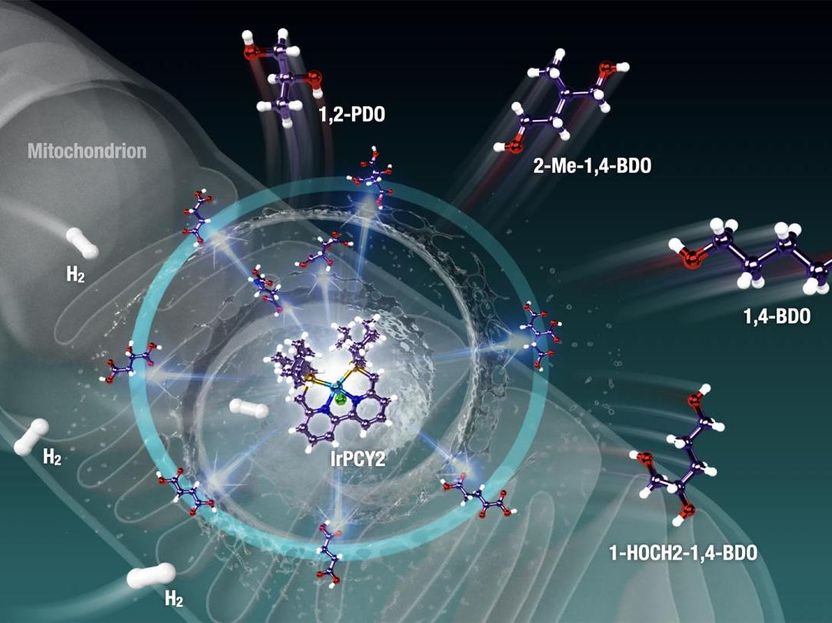Europe and North America drive demand for premium, sustainable lubricants
Price-sensitive markets in Asia-Pacific and rest of the world will account for volume growth
Rising vehicle production and manufacturing output accompanied by the enforcement of eco-friendly policies have lent momentum to the global lubricant market. Demand will escalate especially in developing countries such as Brazil, Russia, India and China, with the ASEAN (Association of Southeast Asian Nations), the Middle East, South America and Africa also emerging as potential growth markets. While developing regions will account for volume growth in lubricants, Europe and North America will push for high-efficiency, premium products in response to regulatory implications and customer demands.
New analysis from Frost & Sullivan, Strategic Analysis of the Global Lubricant Market and the Impact of Bio-based Feedstock, finds that the market earned revenues of $123.64 billion in 2013 and estimates this to reach $178.87 billion in 2020. The study analyses lubricants used in the industrial, automotive, marine and aviation sectors.
Stringent environmental regulations, such as the European Commission’s framework specifying carbon dioxide emission reduction targets and US regulations governing corporate average fuel economy propel the need for more efficient lubricants.
“Customers, especially in the automotive and industrial segments, too are opting for high-value group II and III lubricants with improved quality and performance, spurring market growth,” said Frost & Sullivan Chemicals, Materials and Food Research Analyst Soundarya Shankar. “This transition is more prevalent in Europe and North America, as the markets in Asia-Pacific and Rest of the World (ROW) are extremely price sensitive.”
While higher-priced advanced lubricants support market revenues in developed countries, the extended drain intervals of these superior products reduces the number of times the vehicle/equipment needs to be serviced, cutting down on volumes consumed. Growing emphasis on manufacturing parts and materials with improved wear resistance is another factor that diminishes lubricant use.
The economic contraction in Europe has added to the challenge, affecting automotive and industrial sale volumes, in turn, curbing lubricant adoption. Sluggish growth is thus compelling global lubricant manufacturers to move production facilities to the Asia-Pacific and ROW markets to tap immediate opportunities in the automotive and industrial segments and long-term potential in the marine and aviation sectors.
“Establishing strong product lines of both synthetic and bio-based lubricants will be crucial to attract original equipment manufacturers that are focused on equipment/vehicle efficiency and environmental sustainability,” advised Shankar. “In the case of bio-based lubricants that are formulated using bio-degradable and renewable feedstock, technological advancements and extensive R&D activities that improve performance will be critical for widespread uptake.”
Other news from the department business & finance

Get the chemical industry in your inbox
From now on, don't miss a thing: Our newsletter for the chemical industry, analytics, lab technology and process engineering brings you up to date every Tuesday and Thursday. The latest industry news, product highlights and innovations - compact and easy to understand in your inbox. Researched by us so you don't have to.
Most read news
More news from our other portals
Last viewed contents

Catalyzing a zero-carbon world by harvesting energy from living cells - Scientists have achieved a breakthrough in converting energy-deficient metabolites to a biorenewable resource thanks to a versatile catalyst

Piccolo Peltierkühler | Laboratory coolers | Huber Kältemaschinenbau
Magnesium_pyridoxal_5-phosphate_glutamate
Coenzyme_Q_-_cytochrome_c_reductase


























































